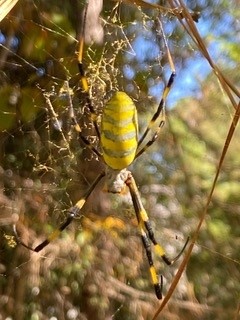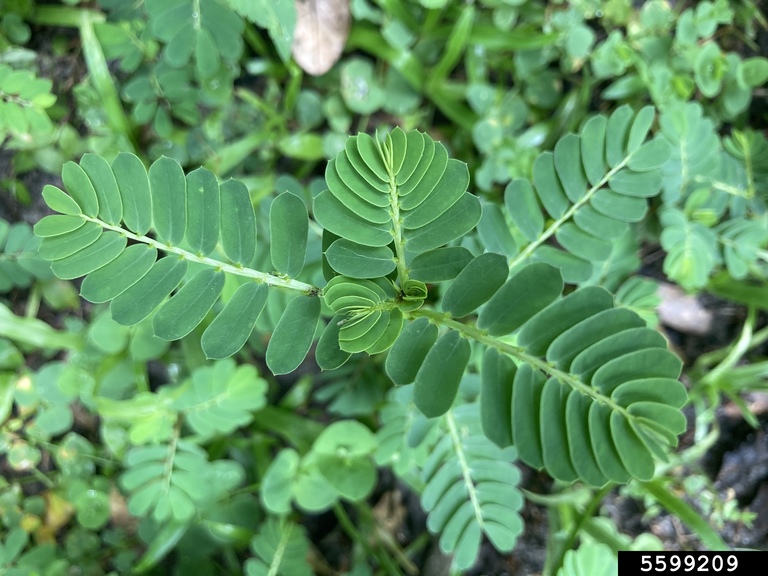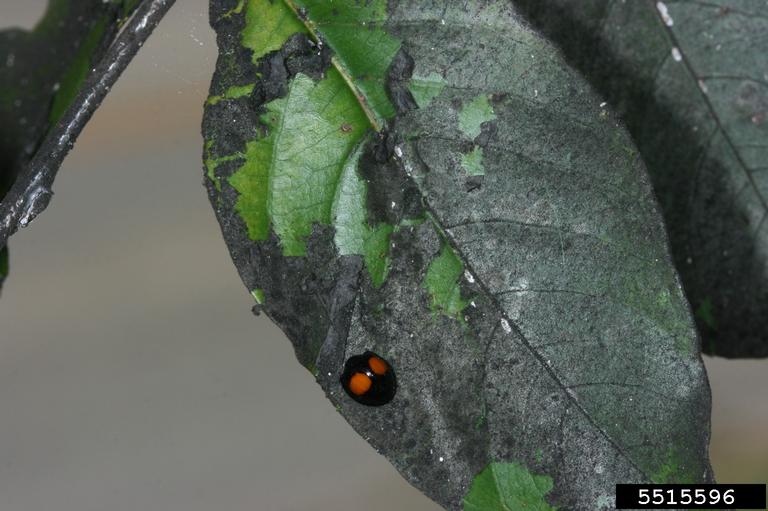October 17-21, 2022
Below are a few things that came into our office this week. Check around your home and garden to see if you have any of these. If you see something you don’t know, send it our way!
Joro Spider

This week I had my first Joro spider sent to me for identification. I know many of you have probably already seen them, but this was the first time a photo for identification was sent into our office. The Joro spider is an invasive species that we are tracking to determine numbers and spread. If you have a Joro on your property, please report it.
There are many lookalikes, such as the banded garden spider, golden silk orb-weaver, and the yellow garden spider! Spiders are beneficial predators and are often one of the most important forms of biological control of pests in and around homes.
Learn more and report Joro Spider sightings at JoroWatch.org
Moss in Lawns
We often have concerns with moss and weeds in our lawns. This week we had someone bring in a moss sample and asked what could be done. Moss will start to develop in areas where environmental conditions for healthy turf have declined. Sites that are wet, shaded, and compacted tend to favor moss development. One of the first steps is to evaluate the site to see if environmental conditions can be improved to increase the growth of turf. Some considerations would be getting your soil tested to check for fertility and pH, improve drainage, increase light penetration, and core aerate in the active growing season of the grass you have. Another consideration would be to renovate the space and switch to a more shade tolerant grass, such as St. Augustine, Zoysia, or Tall Fescue. There are some chemicals options, but this is a temporary fix and time should be spent on improving growing conditions for your lawn.
Controlling Moss & Algae in Turf
Chamberbitter (Phyllanthus urinaria)

While there are plenty of weeds that can colonize areas in the landscape, chamberbitter is a tough summer annual weed to manage. This weed reproduces by seed each year when temperatures are warm and then dies after frost. You may think alright its gone, but come next year, when temperatures are warm, up pop chamberbitter seedlings from seeds dropped the previous year. Seeds are produced all along the underside of stems, which is unique and helps with plant identification. Management options include:
- Keeping your lawn healthy- a healthy lawn will reduce many issues with weeds. Proper mowing, fertilizing (following soil report recommendations), and ensuring the proper turf species for the area has been selected will help you with many issues.
- Hand pulling it early (before seed development). Although it can be aggressive, root systems have not fully established in new seedlings and therefore are easy to pull.
- Good mulching practices- Using mulch helps to block sunlight from seeds, which is required for germination. You might also try to put a layer of newspaper around plants and cardboard in pathways prior to adding your mulch to help with reducing light.
- Chemical Management- Contact us for information.
Using a combination of different strategies will help you get a handle on chamberbitter. The earlier you notice it and start tackling it, the quicker you will see management.
Sooty Mold on Crape Myrtle

Sooty mold is not a plant disease and cannot be controlled with fungicides. Sooty mold is a mold that grows on any surface that is covered with a sweet sugary residue like plant sap. On plants, we typically see this come in on leaves, however it can also be on the bark. Sooty mold on leaves, if not removed, will reduce photosynthesis and over time plants will loose leaves, dieback, have slower growth, and could cause plant death. If you are dealing with sooty mold, look up to see if you can spot any sap-feeding insects. These insects excrete a sweet and sugary substance, known as honeydew, that can coat the leaves of the plant, resulting in sooty mold. This week we had it come in on crape myrtle, however this condition can impact any plant in the landscape.
Anytime you have a horticulture question, please reach out to us or your local Extension office!
Kim Toal, is the Fayette County Extension Coordinator and Agent for Agriculture and Natural Resources. For more information on gardening in Fayette County, contact Fayette County Extension at 770-305-5412 or online at www.ugaextension.org/fayette